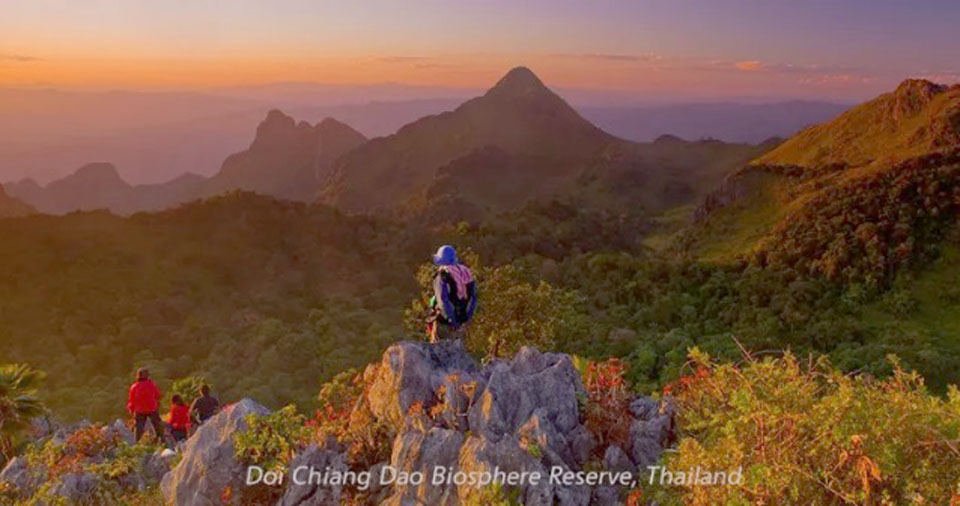
The United Nations Educational, Scientific and Cultural Organization (UNESCO) has approved Chiang Mai’s Doi Chiang Dao as a new biosphere reserve.
UNESCO’s Man and the Biosphere (MAB) Programme on 15 September, 2021, added 20 new sites, in 21 countries to the World Network of Biosphere Reserves, which now numbers 727 biosphere reserves in 131 countries, including 22 transboundary sites.
The prestigious listing of Doi Chiang Dao brought the total number of biosphere reserves in Thailand to five, following the listings of Sakaerat in Nakhon Ratchasima in the Northeast in 1976, Huai Tak Teak in Lampang and Mae Sa-Kog Ma in Chiang Mai both in the North in 1977, and Ranong in the South in 1997.
According to UNESCO’s listing, Doi Chiang Dao Biosphere Reserve is located in Chiang Dao District of Chiang Mai Province in Thailand. It is the only region in the country to be covered with sub-alpine vegetation, found also in the Himalayas and in the southern part of China. Many rare, endangered, or vulnerable species live in the 85,909.04 ha biosphere reserve; such as, the Lar Gibbon (Hylobates lar), leaf monkey (Trachypithecus phayrei), Chinese Goral (Naemorhedus griseus), Tiger (Panthera tigris), or Clouded leopard (Neofelis nebulosa).
The landscape abounds with caves formed by the infiltration of rain water through limestone formations. The largest and most important of these is Chiang Dao Cave, from which the biosphere reserve takes its name. The cave is associated with the legend of Chao Luang Chiang Dao, the king of all spirits, who is believed to reside in the towering Doi Chiang Dao mountain; both are revered as sacred places. A Buddhist temple in the Lanna style marks the entrance of the cave. The cave and mountain attract many visitors each year, and a model for visitor impact management was implemented. Ecotourism, birdwatching and stargazing are further local tourist attractions.
Agriculture using a traditional gravity-based irrigation system called Maung Fai is a notable activity in the site, where local practices and knowledge have been maintained over almost 800 years. (TAT)
 |
 |
 |





